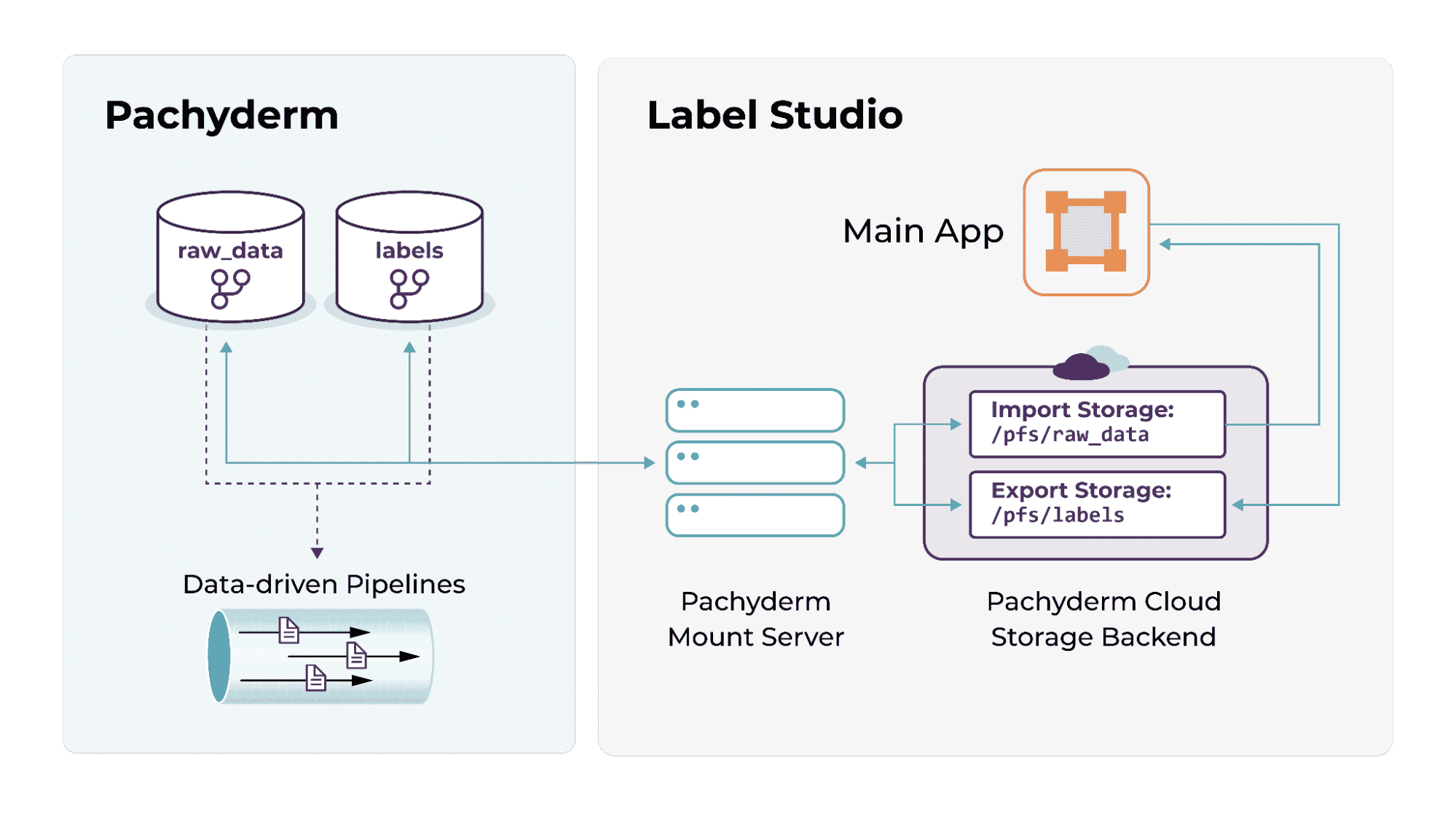In machine learning operations, data is at the core of the entire process. Curating high-quality labeled training data allows a machine learning model to learn and improve its decision-making processes once real-world conditions are introduced. Since these models will be making predictions, it’s essential to know how accurate they are.
When working with unstructured data like images for computer vision, relying on the same programmatic and automated methods used for structured data is rarely successful. There’s no replacement for human intuition and judgment when it comes to labeling unstructured data.
Data labeling is especially important (and especially challenging) when it comes to the types of data humans are best at processing: photography, audio, and video content. The right combination of data labeling platforms and clear communication tools can streamline the process of annotating unstructured datasets for machine learning.
Labeling Tools for Computer Vision
The tools available for annotating rich data have modernized their experience to be much more approachable and user-friendly for teams that need to label large datasets. In addition, many of them integrate with your machine learning stack, allowing you to version your labeled data and feed into your model and observability tools seamlessly.
Some of the best data labeling tools out there include:
- Label Studio: With this open-source labeling tool, you can label unstructured data, change incorrectly labeled data, then use Pachyderm to version it, and incorporate it into your ML model.
- Superb.ai: Take care of the data that runs your ML models, manage data lifecycles, and develop data-centric models by using the labeling capabilities of the Superb AI Suite. Test, version and refine auto-labeling with Superb AI and Pachyderm.
- Toloka: Crowdsource your data labeling by using Toloka to find the best labels that allow for continuous iterations of your ML processes by including a human in the loop.
With these tools, you can use the best fit technique for labeling your data and simplify the management of labeling large datasets. However, once your dataset reaches a certain size, you might not be able to label it all on your own. This means you’ll need to lay some ground rules to make sure your team is aligned on delivering high-quality labeled data.
Who will Label your Dataset?
When training a machine learning model for computer vision, you’re dealing with massive quantities of data – hundreds or thousands of images that need to be consistently and accurately labeled in order to produce meaningful results.
This can require communicating across barriers like language and specialized knowledge as you recruit new contributors to prepare your training data within a reasonable timeline.
Some basic best practices for managing large data labeling projects:
- Communicate. Communication is key to successful labeling, whether you insource, outsource or crowdsource. This probably involves written, visual, or even video instructions to demonstrate how and when targets should be tagged, and when to reach out with questions about uncertain data.
- Calibrate Tools. Ensure your contributors’ tools are properly calibrated: monitors and headphone quality can vary. Including baseline tools like test images and lighting guidelines in your instructions can help to improve your baseline quality.
- Reduce Risk of Losing Work. By using label lineage and rollbacks, you can automate version control of your data. This is more stable than a metadata store and builds a chain of immutable lineage. In practice, this means if you update with new training data and get a bad result, Pachyderm lets you roll back to the better dataset in no time.
-
Plan for Edge Cases. It’s impossible to be ready for everything, but it’s in your best interest to try. Spend time preparing for possible complications, so you’re ready to tackle real issues with AI as soon as they arise.
Learn More About Unstructured Data Labeling and Improve Your ML Models
While using machine learning with unstructured data is more complicated, that complexity is where you can find real value – if you can track, validate and reproduce your results. That’s where Pachyderm comes in: through our industry-leading data versioning, pipelines, and lineage, we’ll be able to help you optimize your MLOps no matter the data your model is processing.


